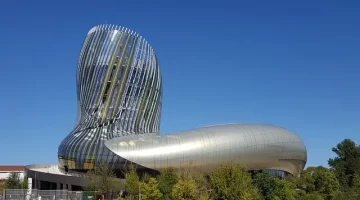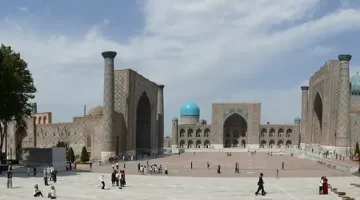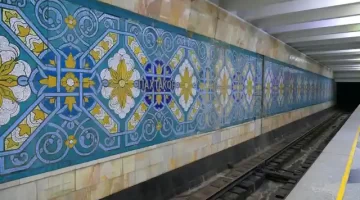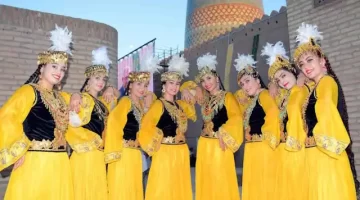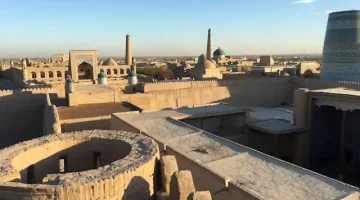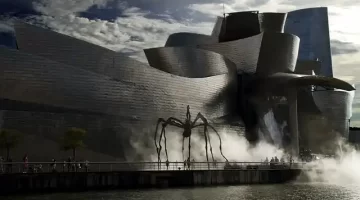Lyon’s Museums
The best Lyon Museums include the Musee des Beaux-Arts, the Silk Museum or Musee des Tissus, the Resistance and Deportation Museum and the Lumiere Museum where the Lumiere Brothers invented the movies.

Lyon has many excellent and very different museums. The best Lyon Museums include the Musee des Beaux-Arts (the main fine arts museum), the Silk Museum (or Musee des Tissus), the Resistance and Deportation Museum, and the Lumiere Museum, where the Lumiere Brothers invented the movies. Here in no particular order is our selection of the best museums in Lyon.
Musée Gadagne
The Musée International de la Marionette collects examples of marionettes and puppets from around the world. There are some 2,000 puppets on display, along with sets, programmes, archive film, and contributions from contemporary puppeteers. It’s a fascinating and fun place, housed inside the Musée Historique de Lyon. The two museums together are known as the Musée Gadagne, after the 16th-century Hôtel Gadagne which houses them.
The Musée Historique tells the story of the city through its collection of over 80,000 items. These include furniture, paintings, photographs, household items, tools and many other objects. You can visit the two museums separately or buy a combined ticket.

Gallo-Roman Museum
The Musée de la Civilisation Gallo-Romaine (Gallo-Roman Museum) is well worth seeing. There are dramatically side-lit statues, models of what the Roman town used to look like and some superb mosaics as good as any to be seen in Italy or North Africa.

Musée des Beaux-Arts
Lyon’s main museum has a superb collection of antiquities, mainly from Egypt, Italy and Greece. The Egyptian collection is outstanding, from the vast temple walls and the mummies to the fine detail on jewelry and vases of vivid colours. They look as if they could have been made yesterday.
The antiquities take up most of the first floor, with the art collection on the second floor. Here in Room 9 is Rembrandt’s The Stoning of St Stephen, while in stark contract in Room 19 you can see some amusing satirical busts of local politicians and celebrities, made by Honoré Daumier (1808-79). Daumier was an artist and caricaturist, born in Marseille, and these tiny busts of characters such as The Timid, The Stupid and The Gourmet are all still hilariously funny.
More famous names in the collection include Camille Pissaro, Alfred Sisley, Paul Gaugin, Claude Monet, Eduoard Manet, Edgar Dégas, Pierre-Auguste Renoir, Pablo Picasso, Marc Chagall and works by Georges Braque and Francis Bacon. Once you’ve enjoyed the collection, which could take a few hours, there’s a pleasant courtyard outside where you can sit and relax among the statues and greenery.

Musée des Tissus
There are several small museums in the Presq’île area but the outstanding collection is at the Musée des Tissus (the Fabric Museum). Naturally Lyon’s own silk-weaving industry features prominently, but this is just a part of a large collection of fabrics from all ages and from all over the world. They go back to ancient Greece and Rome, across to Persia where the colours and workmanship are superb. The light is low to protect the colouring, and the overall effect is breathtaking.
Centre d’Histoire de la Résistance et de la Déportation
Lyon was the centre for the French Resistance during World War II, and that dreadful period in the city and the country’s history is remembered here, in the former Gestapo headquarters. There are reminders that some of Lyon’s most beautiful places have ugly stories, such as the time when five resistance workers, members of the Secret Army, were executed in Place Bellecour.
The effect of the holocaust on Lyon’s Jewish population is also graphically described in videos, photos and newspaper cuttings. A visit here is certainly powerful and sombre, but it is also full of uplifting stories of the bravery of the mostly French men and women who fought and often gave up their lives in the name of freedom.
Musée Lumière
East of the city centre but easily reached on the métro is the home of the Lumière brothers, now a museum with a cinema in the grounds. The entrance to the museum shows the significance of this place. It is the gate through which some factory workers walked in 1895 and were filmed by Auguste and Louis Lumière in what is generally accepted as the first motion picture. Others were working on turning still cameras into movie cameras, and the story is told here in what was the home of the brothers, and their father Antoine.
There are primitive cameras and a vast archive of early films, constantly showing. They include the earliest travel films, as cinematographers were sent to places such as the Pyramids, Venice, Tunis, New York and Shanghai, to bring the first moving images of foreign countries back to France. The house itself is also worth seeing, and was nicknamed Château Lumière by local people.
